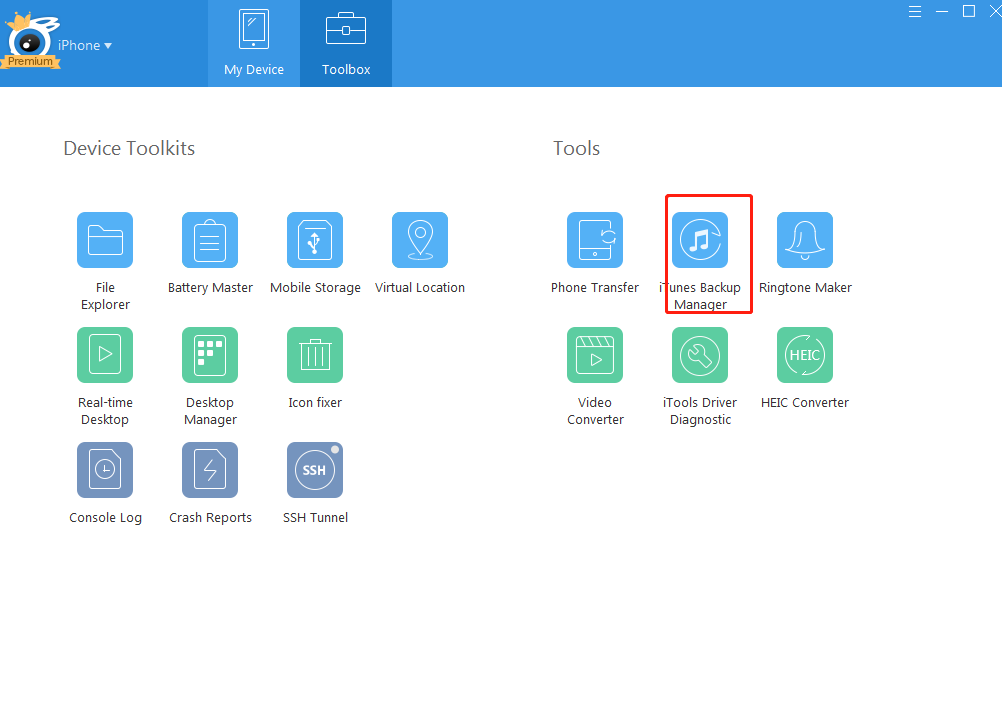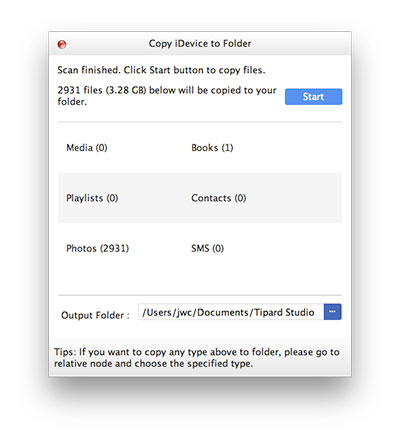



If you encrypt the backup, you’ll be prompted to provide a password. Encrypting the backup will give you a more complete backup, including things like call history, saved passwords, and web history. It is worthwhile to consider selecting the Encrypt local backup option. iTunes should report a backup Today to this computer. You can confirm the backup completed successfully by looking under Latest Backups. The backup process can vary in length depending on how much data is on your phone. Once you’ve established a trust relationship with the PC, your iPhone will show up in iTunes.Ĭlick on the phone icon in the top left corner of the window (beneath the menu bar). On your iPhone, tap Trust on the Trust this Computer? pop-up, and then enter your passcode if prompted. Using the sync cable that came with your phone, plug one end into the charge port on your iPhone and the other into a USB port on your PC.īack on your PC, click Continue when prompted by iTunes to allow the computer to access your phone’s information. With iTunes installed and running, you’re now ready to back up your iPhone. Step 2: Plug in your phone and trust the PC If you have trouble installing the software from the store, you can also use the direct download links from Apple’s iTunes download page.
#BACKUP IPHONE TO PC COMPUTER SOFTWARE LICENSE#
When the software finishes the installation, click Open, then click Agree on the Software License Agreement screen. Your browser might prompt you to open the Store app. (This link works for Windows 11 too.)Ĭlick Get in Store app. To install iTunes, visit and click on Download iTunes for Windows 10 from the Microsoft Store. While Apple ditched iTunes on its Macintosh computers years ago, the company still supports the software for Windows computers. You must first install iTunes to back up your iPhone to a Windows PC. Step 2: Use Finder to back up the phone.Step 1: Plug in Your phone and trust the Mac.Step 2: Plug in your phone and trust the PC.


 0 kommentar(er)
0 kommentar(er)
